DOUGLAS JOSEPH BURTON
By Jan Burton Jackson
(Continuing the story of the 1952 Atom Bomb expedition.)
Doug was second in command of this expedition. Its leader was John Nicol, a former naval commander with considerable bush experience. Also there was James Cruthers, a reporter for The West Australian who in his journal described Doug: … ‘a good-looking man, tall and with short, curly brown hair… 33 and in his earlier years had been a fine athlete… I knew him well as an exceedingly popular man with an amazing capacity for making friends…Whenever he introduced himself…he gave his full name, Douglas Joseph Burton, and he had a host of nicknames, including Curly, Joe and D.J.B.’
First UK Atom Bomb Test in 1952 – Operation Hurricane
WA TV History
West Australian Newspapers head photographer Doug Burton, not only played an important role training Australian airmen during the second world war, but also gained the distinction of capturing the first image of an atomic blast on Australian territory, following the war on the morning of October 3rd 1952.
Because of the success of his pictorial coverage of that explosion Doug was the only news photographer in Australia or from overseas permitted to cover future British atomic blasts at Maralinga and Woomera in South Australia. He also covered future atomic tests on the Monte Bello islands along with other Press representatives. There were six atomic tests on Australian soil between 1952 and 1957. Doug photographed them all.
The first atomic test coincided with a heightened interest in the economic potential of WA, particularly the sparsely-populated under-developed north. Enthusiastically encouraged by Macartney, several Commonwealth Press Union expeditions were organised with the express purpose of selling the State and its resources to the world. Oil and mining exploration and discovery added to the excitement of opening up the West. Doug accompanied dignitaries and Press representatives from interstate and overseas on journeys that penetrated the length and breadth of Western Australia. Some of his most dramatic and beautiful photographs were captured in the bush.
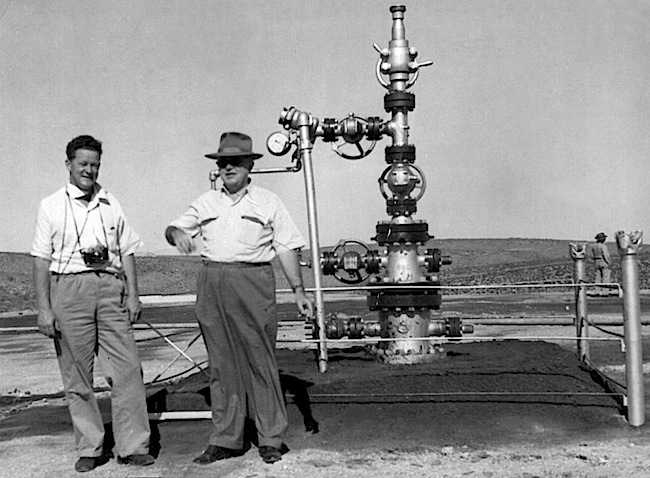
Courtesy of The West Australian ©
While his youthful ambition to be a sports journalist was thwarted, photography gave him entrée to many of the world’s great events. He led photographic and media teams at the Rome Olympics in 1960, the Commonwealth Games in Perth in 1962 and New Zealand in 1974, the America’s Cup regatta in Fremantle and the World Swimming Championships in the early 1990s. A keen and capable sportsman himself, this was grist to his mill.
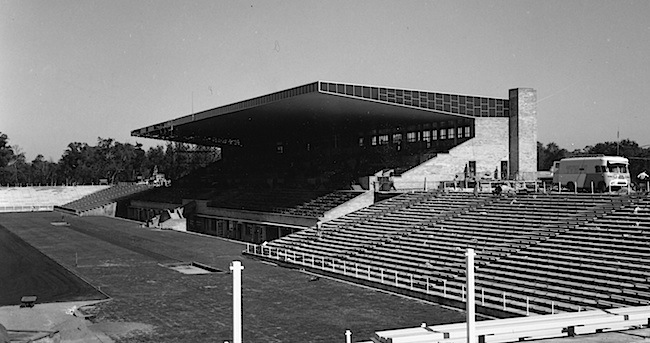
Site of the 1962 Perth Commonwealth and Empire Games
Courtesy of TVW Channel 7 ©
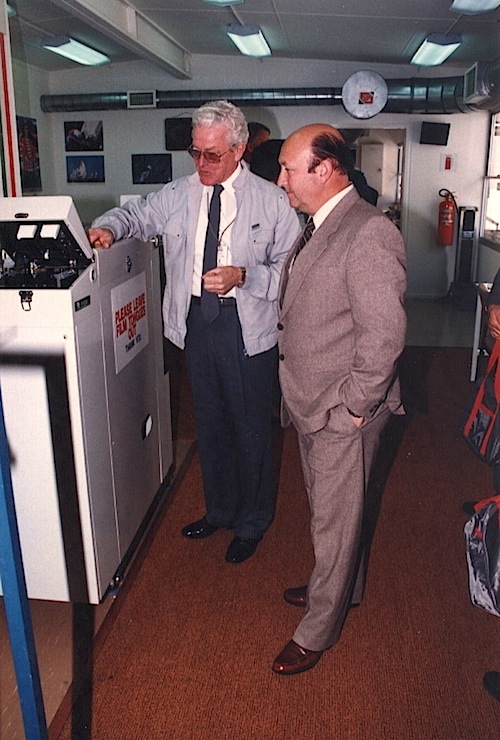
Each new assignment opened more doors, igniting Doug’s curiosity and massaging his considerable intellect. He assiduously researched his subjects, particularly if an expedition was in the offing.
Dutch East India shipwrecks off the West Australian coast and the bullion they carried stirred much interest in the 1950s and 60s. In 1958 Doug led The Daily News expedition to examine the wreck of the Zuytdorp, which had foundered on the coast north of Kalbarri in 1712. Previous expeditions to the site in 1941 and 1954 had returned with many relics. Both the 1954 and 1958 expeditions were initiated by the young geologist Phillip Playford, whose energies to a considerable degree eventually resulted in the WA Museum’s involvement in marine archaeology.
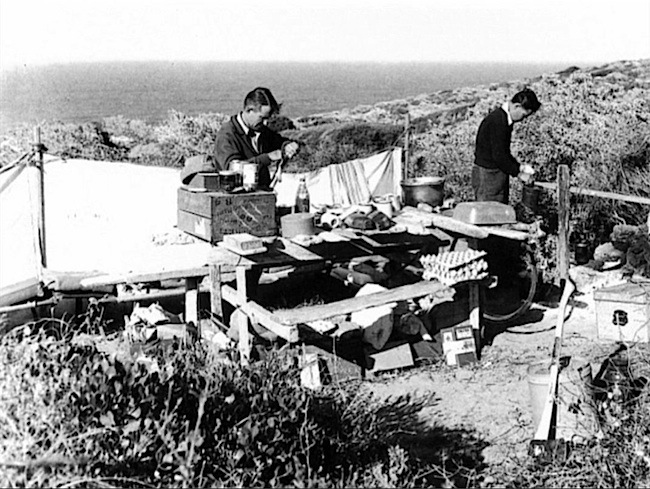
Courtesy of The West Australian ©
This fascination with shipwrecks also took Doug to waters about eight kilometres south-west of Garden Island where the 6,300 tonne British cargo and passenger vessel Orizaba foundered on a sandbank and sank on February 16, 1905. His father, Frank Burton, was a passenger on the ill-fated ship sailing from London to Sydney. He and the other passengers were rescued from the sinking vessel. However, despite the disaster being front page news at the time, knowledge of the wreck and its exact location all but disappeared until in 1959, intrigued by his father’s link with the ship’s last voyage, Doug successfully led an expedition to find and film the wreck.
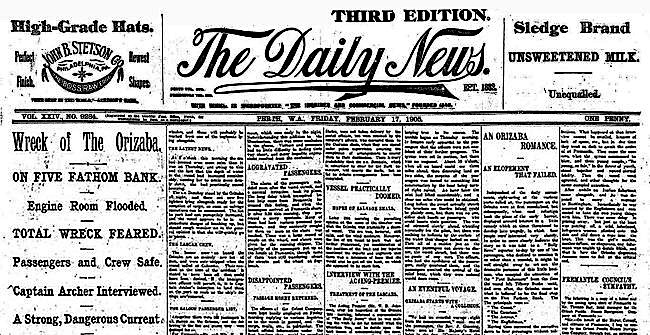
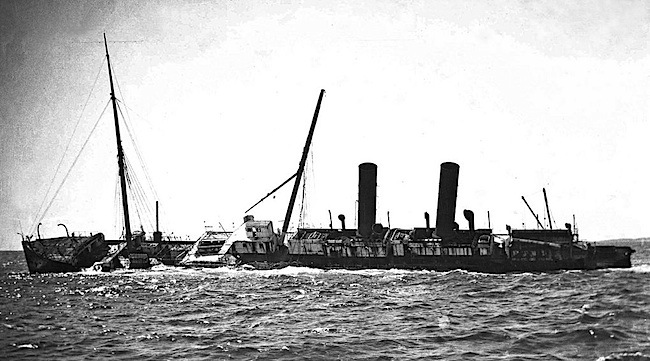
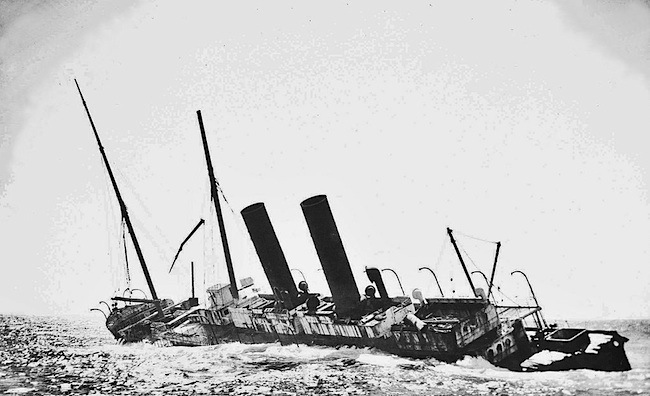
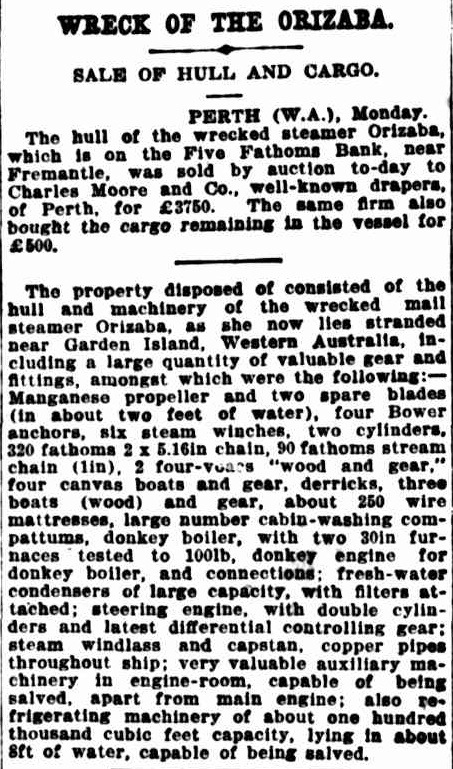
Underwater footage of the Orizaba wreck
WA TV History
Bow section of the Orizaba, wrecked off Rockingham, Western Australia in 1905
Doug’s weekly columns on photography, begun in 1960, ran for 18 years in The West Australian. Though this was before the digital age, his belief that “without the combination of seeing, controlling, conveying, and the perfection of mechanical technique, photography could easily be a wonderful idea but a shabby result” holds true today. He experimented endlessly to see what he could push a camera to do, whether it was capturing a bullet flying from the nozzle of a pistol or the long shadows of dusk on a windswept sandhill. The power of the image was paramount. This core belief flowed into his lecturers for the Adult Education Department, and as a member of the photographic advisory committee of the technical education division of the WA Education Department as well as in the chapter on photography for the Australian Journalists’ Association text book “The Journalists’ Craft”.
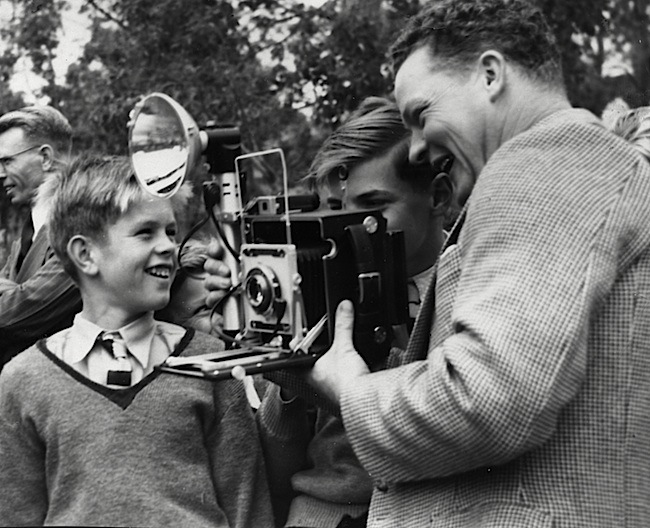
Courtesy of The West Australian ©
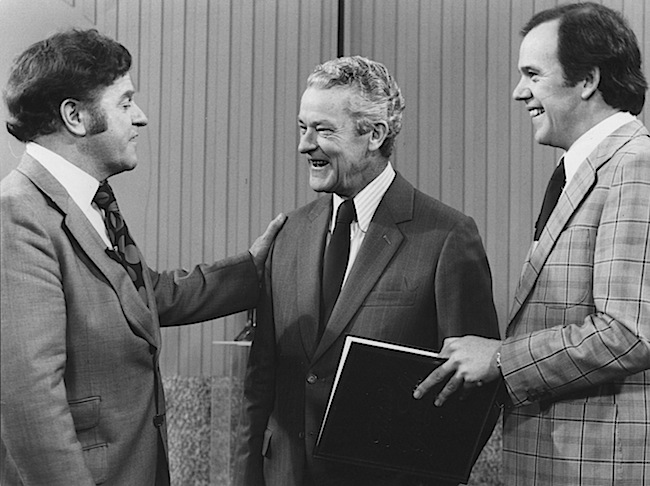
In 1978 he retired from WA Newspapers to take up a consulting role at TVW Channel 7, Perth, and later as manager of the channel’s photographic laboratories. During this time he was executive producer of the successful documentary ‘Language of the Flowers’, filmed by former WA Newspaper colleagues and distributed to more than 20 countries, and was active in the development of camera recording technology for sporting events.
There were countless significant events during Doug’s professional life. Whatever the assignment, whatever the subject, he strove technically and emotionally to capture the essence of a given fragment of time that became a photograph. The poet in him saw each of these for their drama, terror, tragedy, brilliance, melancholy, joy and serenity. He was never averse to uttering the cliché – ‘A Picture Tells A Thousand Words’. For it is true.
While Doug gave much of his life to photography and the news industry, he reaped the rewards of a remarkable and adventurous career. An unabashed patriot devoted to the physical beauty of Australia, his job allowed him to see it all. In his retirement, when it was all done and contentment had come to him, he wrote about his past years:
‘How I love this great wide country,
Where waving grasses and wildflowers grow.
From the blazing red dawn of the mornings,
To the purple of evenings’ glow.
For I have tramped her dusty byways,
And bathed in her billabongs.
Gazed into the mysteries of a campfire,
And sung her national songs.
I have climbed her highest mountains,
And rode her endless plains.
Felt the stresses of her cities,
And the peace of her country lanes.
I have chased the endless horizon,
Over sand dunes and waterways.
Through the coldest of winter evenings,
And the hottest of summer days.
I have breathed the red dust of her deserts,
In contrast to the blue of her skies.
Soared through her Empyrean spaces,
And probed the depths of her seas.
I have experienced the mystical silence,
On the blackest of a desert night.
Put out my thoughts to touch heaven,
Beyond the stars so big and so bright.
I have watched the firmament from my blanket,
Contemplated the vastness of it all.
Witnessed the silent passage of celestial bodies,
Glittering proof of nature’s call.
I have awakened to the screech of the cocky,
Felt the sweet breath of dawn.
And wondered at the glory of the morning,
Its dewy coolness soon to be gone.
I have witnessed the beautiful Phenomenon,
Of the sun as it illumines the days.
Have been enthralled by its fiery disappearance,
Over a horizon softened by a distant haze.
I have wandered the green glades of her forests,
Marvelled at the height of her trees.
Scrambled to the top of her ranges,
And gazed at the distant seas.
I have witnessed the torments of nature,
Bushfires, floods and drought.
Pyrotechnical displays of such grandeur,
One cancelling the other one out?
I have breathed deep the ocean breezes,
Trod endlessly on her shores.
Been dazzled by the white of her beaches,
And swum over her ocean floors.
I have seen this land unfolding,
From a position in the sky.
Have marvelled at God’s ability,
To fashion, sculpture and apply.
I have tasted the sweet flavour of victory,
The humility of defeat,
I have exalted at the highest pinnacle,
And been humbled at its feet.
I have watched the awesome energy,
Of man-made weaponry.
Been bewildered by the incurable necessity,
To mortify, maim and destroy.
I have witnessed the hate of nations,
In their futile quest for power.
Who gives their leaders the strength,
To make the weaker cower?
I have been blessed with a wife and children, And therein lies the hope – The inherent strength of families, Is the only way to cope.’
Signed: DJB – the moniker on all his writings.
Doug’s contribution to the news industry, photography and photojournalism was rewarded with an Associateship of the Institute of Australian Photographers, the Australian Photographic Society Medal for achievement in photography, and an MBE for service to the community and photojournalism in particular.
His family, friends and colleagues were all similarly touched by Doug’s personality and demeanour. A friend and fellow newsman, D’Arcy Farrell, recently wrote of Doug’s humility, unassuming confidence and honesty, adding:
‘Doug was a leader and you did not want to let him down.
He gave you his trust and you didn’t want to displease him.
He was not just a leading newsman and superior photographer. He knew how to handle people and, with all his wartime experience and exploits as a newspaperman, it was probably his humanitarianism, compassion, friendship and humour which will live in the minds of many who knew him.’
Douglas Joseph Burton was born on November 29, 1918, in a time of new peace, and died with great reluctance in the small hours of July 25, 2013.
Jan Burton Jackson







